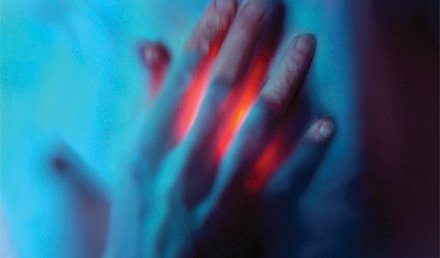

Funding Healthcare Reform: Tax Sugar, Not Success, Part II
Lee A. Resnick, MD, FAAFP No one has more eloquently stated the case for carving out the so-called “unnecessaries” from the capitalist code of taxation than Adam Smith. Yet, more than 230 years after the publication of arguably the most authoritative text in defense of capitalism, we continue to struggle with the concept of taxation as a socialist plot. Last month, I examined the so-called “success tax.” I suggested that a tax on earned income …
Read MoreAbstracts in Urgent Care: January, 2011
Position Statement on Sports Concussions Key point: Sports are second only to motor vehicle accidents as the leading cause of traumatic brain injury among 15- to 24- year-olds. Citation: AAN Sports Neurology Section, Practice Committee, and Board of Directors. Position statement on sports concus- sion. October 2010 (AAN Policy 2010-36). Concussion is a common consequence of trauma to the head in contact sports, estimated by the Centers for Disease Control and Prevention to occur 3 …
Read MoreClinical Challenge 2: December, 2010
The patient is a 54-year-old woman who presents with a one-day history of abdominal pain and nausea. On exam, you note distended abdomen with diffuse tenderness and rebound. View the image taken (Figure 1) and consider what your diagnosis and next steps would be. Resolution of the case is described on the next page.
Read More
December 2010

Cold Weather-related Injuries
Urgent message: Inadequate protection from the cold can put a patient’s life and limb at risk. The urgent care clinician must be able to identify symptoms of specific conditions, using the history and awareness of weather conditions to distinguish among the most common. Introduction Winter months provide ample opportunities for recreation such as skiing, sledding, or snowmobiling – and for an array of injuries related to varying degrees of exposure to lower temperatures. Generally, the …
Read MoreFunding Healthcare Reform: Tax Sugar, Not Success
Lee A. Resnick, MD, FAAFP Healthcare is the ultimate paradox for democratic and capitalist ideas, an epic clash between inalienable rights and free market forces. Most everyone agrees that basic healthcare should be attainable, affordable, and non-discriminatory for all citizens. But how can we achieve this somewhat socialist-sounding goal within a free market system? Well, the free market has proven incapable of making healthcare affordable, and government coffers have proven too empty to subsidize it. …
Read MoreAbstracts in Urgent Care: December, 2010
Nahum Kovalski, BSc, MDCM Each month, Dr. Nahum Kovalski reviews a handful of abstracts from, or relevant to, urgent care practices and practitioners. For the full reports, go to the source cited under each title. New Guidelines for Prevention of Stroke in Patients with Stoke or TIA Key point: New, evidence-based recommendations aim at reducing risk of ischemic stroke in patients who have had a stroke or transient ischemic attack. Citation: Furie KL, Kasner SE, …
Read MoreCase Report: Stye or Chalazion?
Urgent message: Patient discomfort, inconvenience, and concerns—warranted or not—over possible vision loss make it essential for the urgent care clinician to quickly distinguish between benign conditions and those requiring referral, and to be able communicate clearly with the patient. By Eric Langerman, medical student, Colleen Czerniak, pharmacy student, Mikayla Spangler PharmD, Shailendra Saxena, MD, PhDAny ocular pathology can be distressing to the patient, as such conditions can often disrupt activity and even provoke concern about …
Read MoreDeveloping Data: December, 2010
In each issue on this page, we report on research from or relevant to the emerging urgent care marketplace. This month, we offer another look at data from the most recent annual survey conducted by UCA. (In early 2008, UCA revamped its annual survey in conjunction with researchers at Massachusetts General Hospital and Harvard University, with the goal of assuring that the UCA Benchmarking Committee’s efforts produced a scientifically valid report.) In this issue: What …
Read More